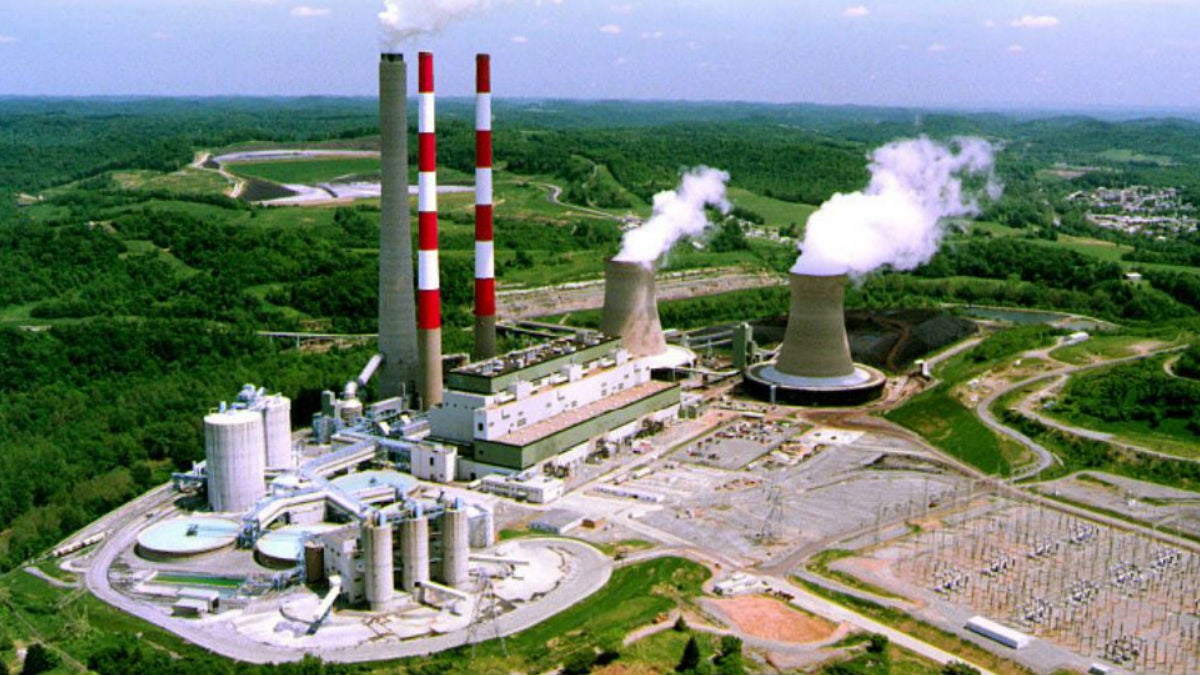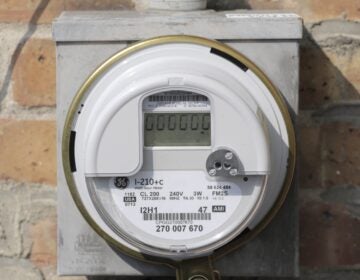Delaware asks EPA to investigate West Virginia power plant

Delaware wants the EPA to find that the Harrison Power Station in Haywood
Delaware is asking the U.S. Environmental Protection Agency to concede that a West Virginia Power Plant is allegedly violating clean air standards that affect the First State.
The state’s Department of Natural Resources and Environmental Control has submitted a petition asking the EPA to find that the Harrison Power Station in Haywood, West Va. is emitting air pollutants in violation of the federal Clean Air Act and National Ambient Air Quality Standard for harmful ozone.
This isn’t the first time DNREC has submitted such a petition to the EPA. Last month, the department filed one against the Brunner Island power plant in York County, Pa. More petitions may be made in the near future, according to DNREC.
DNREC said every summer Delaware’s air quality is adversely affected by unhealthy ozone, which continues to increase as power plants emit pollutants, such as nitrogen oxide, without proper controls.
The department said the pollutants contribute to asthma, respiratory disease and other health problems among Delaware residents. Short-term exposure to ozone can cause rapid, shallow breathing and related airway irritation, coughing, wheezing, shortness of breath and exacerbation of asthma, according to DNREC.
DNREC Secretary David Small said in a press release that more than 94 percent of the ozone levels in Delaware are created by the transport of air pollutants from upwind states, like West Virginia. Meanwhile, he said his department has worked with power producers and manufacturers in Delaware to reduce emissions within the state’s borders.
The 1,400-acre Harrison Power Station has three coal-fired units that were built in the early ‘70s, and uses more than 5 million tons of coal a year, according to the website of FirstEnergy, which owns the plant.
The owners claim the plant is one of the largest and cleanest coal-fired generating facilities in the nation, and say they’ve invested nearly $1 billion on its environmental-control systems.
The units are equipped with scrubber modules between the boilers. The scrubbers, combined with the 1,000-foot chimney, remove more than 98 percent of the sulfur dioxide emissions, according to FirstEnergy’s website.
The units also are equipped with Selective Catalytic Reduction systems for the removal of nitrogen oxides, removing at least 90 percent of the nitrogen oxide in the coal burned, the website states.
FirstEnergy spokeswoman Jennifer Young said the Harrison Power Station adheres to all pollution control regulations, and said its nitrogen oxide removal equipment operates in a manner that ensures compliance.
“FirstEnergy is committed to environmental sustainability and has reduced NOx emissions company-wide by more than 80 percent since 1990,” she said in an email.
DNREC said the Harrison Power Station does not consistently use the technology, however.
Young added that other sources within Delaware contribute to nitrogen oxide emissions more than the plant does.
“Electricity generation is just one of many NOx sources, with mobile producers such as cars, trucks and other vehicles contributing far more emissions,” she said.
“In fact, Harrison’s total annual NOx emissions, only a portion of which have the potential to reach Delaware, are lower than the NOx emitted each year within the State of Delaware from the vehicle sources.”
The West Virginia EPA already has decided the NOx emissions produced by the plant are too high, and in May it instituted a more stringent emissions limit as part of its permit that, if correctly followed, should decrease NOx emissions by 40 percent, said spokeswoman Kelley Gillenwater.
“They need to institute whatever controls they need to implement in order to meet that limit or they could face enforcement action,” she said.
Fred Durham, director for the Division of Air Quality within the West Virginia EPA, said the plant could run the scrubbers more often and more efficiently to be compliant with the standards.
However, DNREC said its own Division of Air Quality reviewed the proposed NOx emission rate limitations and determined that, even if implemented, the new rate limits will not mitigate the Harrison plant’s impact on Delaware’s air quality.
DNREC said the Clean Air Act requires action from the EPA administrator with 60 days of receiving the state’s petition. The EPA could require the Harrison Power Station to limit short term NOx emissions to levels that are protective of the 8-hour ozone NAAQS in downwind areas such as Delaware, or deny the petition.
“We are again petitioning the EPA to act on the fact that our ability to achieve and maintain health-based air quality standards is severely impacted by sources outside of the state of Delaware,” DNREC Secretary David Small said in a statement.
“Our position has been corroborated by EPA’s own modeling technology – that West Virginia’s emissions significantly impact Delaware – and we are petitioning EPA to reduce that impact and the encompassing health threats foisted on Delawareans through harmful ozone that comes from outside our borders.”
WHYY is your source for fact-based, in-depth journalism and information. As a nonprofit organization, we rely on financial support from readers like you. Please give today.





